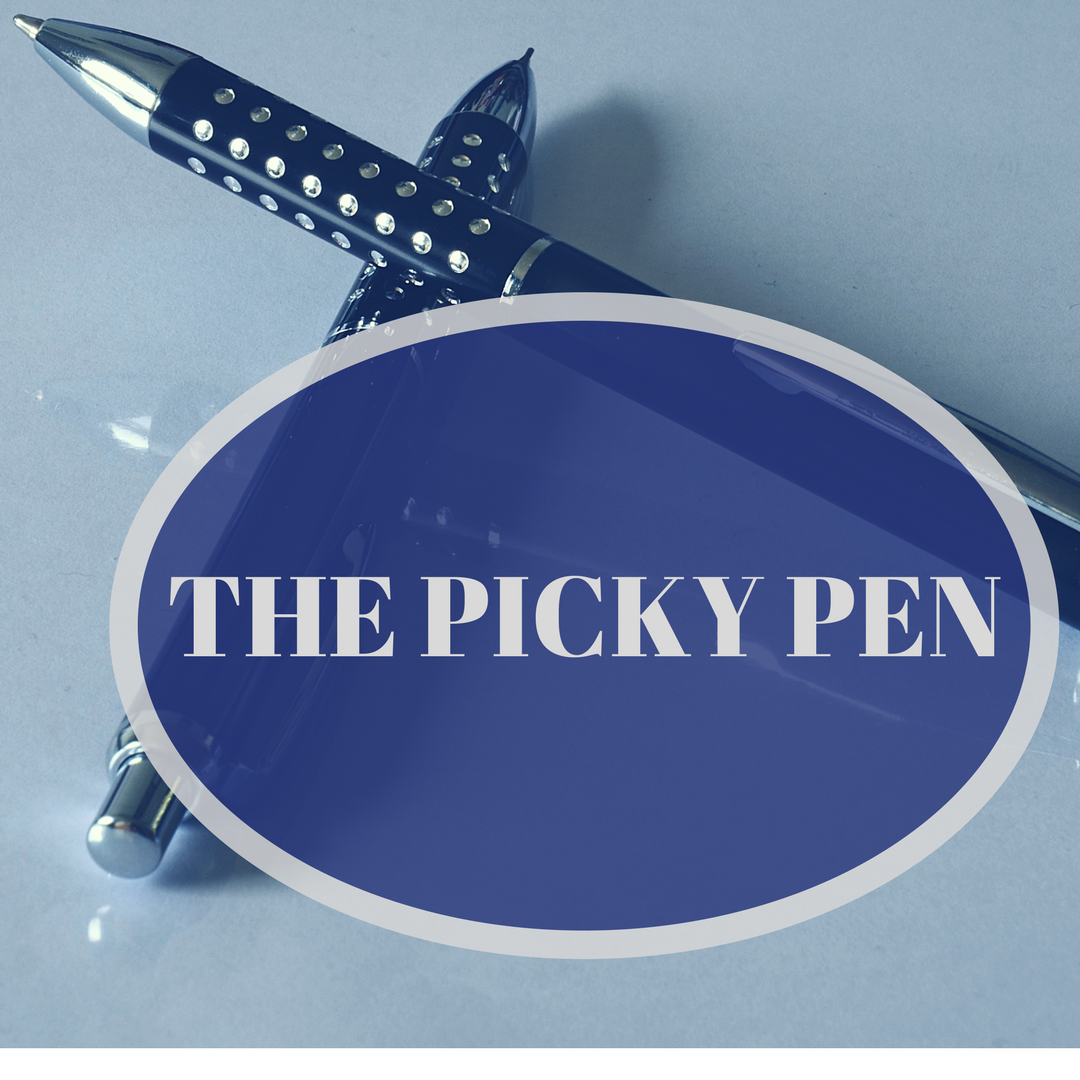Have you ever tried to read a book in a foreign language? Perhaps some of you have. I’ve tried reading Spanish and German, and when I didn’t know either language, I got all turned around by how they used quotation marks. So, to quotation mark or not to quotation mark, that is the question. More like, going into the quirky, fun side of the quotation mark!
I’ll be referring to The Chicago Manual of Style 17th edition, chapter six.
Since this element of grammar has so much to say (whoever knew there was so much to say about quotation marks?), I’ll touch on the highlights, and also give a glimpse into quotation marks for foreign language, too. And since so many of our books are being published in different languages, I thought this would be super cool to talk about!
Using quotation marks with other punctuation in the text. (Chicago Manual of Style 6.114).
- Yeah, it can get tricky sometimes, especially when our fingers are typing faster than we can keep up.
- So, in using quotation marks with commas, we know that the quotation marks are generally placed *outside of commas, question marks, exclamation points, but *inside colons and semicolons.
- But what about when foreign language is involved?
Using “smart” quotation marks (Chicago Manual of Style 6.115).
- Call me a smarty pants, but it’s universally acknowledged in the professional publishing sphere that published works should use “smart” quotation marks. Because we’re smart. I really think it has to do with the way this punctuation looks: curly in form, instead of straight typewriter-quotation marks. So, curly quotes it is for “smart” writers. Example: “ ”, not ʺ.
- The above information is for the English language. 😊 Now do you want to know what it’s like for French? Well, let’s hop on over to Chicago 11.29 and following!
- French. For quotation marks, the French use guillemets to surround whatever needs to be in quotes. Like this: « ».
- So, an example sentence: « Oui, madam » . Now, for quotations within quotations, regular double quotation marks are used (like this, “example text”).
- However, and this gets trickier, but I think it’s pretty cool! In dialogue, the guillemets are replaced with em dashes. So, for example, He said, — Oui, madam.
- German. (Chicago 11.41!) Depending where your book is published in Europe, punctuation marks take different forms. Quite literally.
- Whereas the French use guillemets, the Germans use split-level inverted quotation marks; or, if you’re in Switzerland, your book’s dialogue will use guillemets.
- Here’s an example of the split-level quotation marks for German prose: „Guten Tag!“
So the next time your book’s being published in French or German, you’ll know a bit about what to expect where quotation marks are involved.
How’s that for quotation marks within the foreign text? I hope you enjoyed it!
Conversation Time!!
Please take a minute and join in the discussion! I’d love to hear from you!
Do you read any foreign languages? Which books have you enjoyed?

Tisha Martin writes historical fiction and nonfiction but also edits and proofreads for beginning and best-selling writers, professional editing agencies, and publishing houses. She has a BA in Professional Writing, an MS in English Education, and an editing certificate from the PEN Institute, affordable continuing education for editors. Active in American Christian Fiction Writers and The PEN, she appreciates the writing and editing communities. As Assistant Director of PENCON, a conference for editors, she enjoys travel marketing and updating PENCON’s Facebook Page. Connect with Tisha on her website www.tishamartin.com and engage in the conversation.


 We love helping your growing in your writing career.
We love helping your growing in your writing career.

No Comments